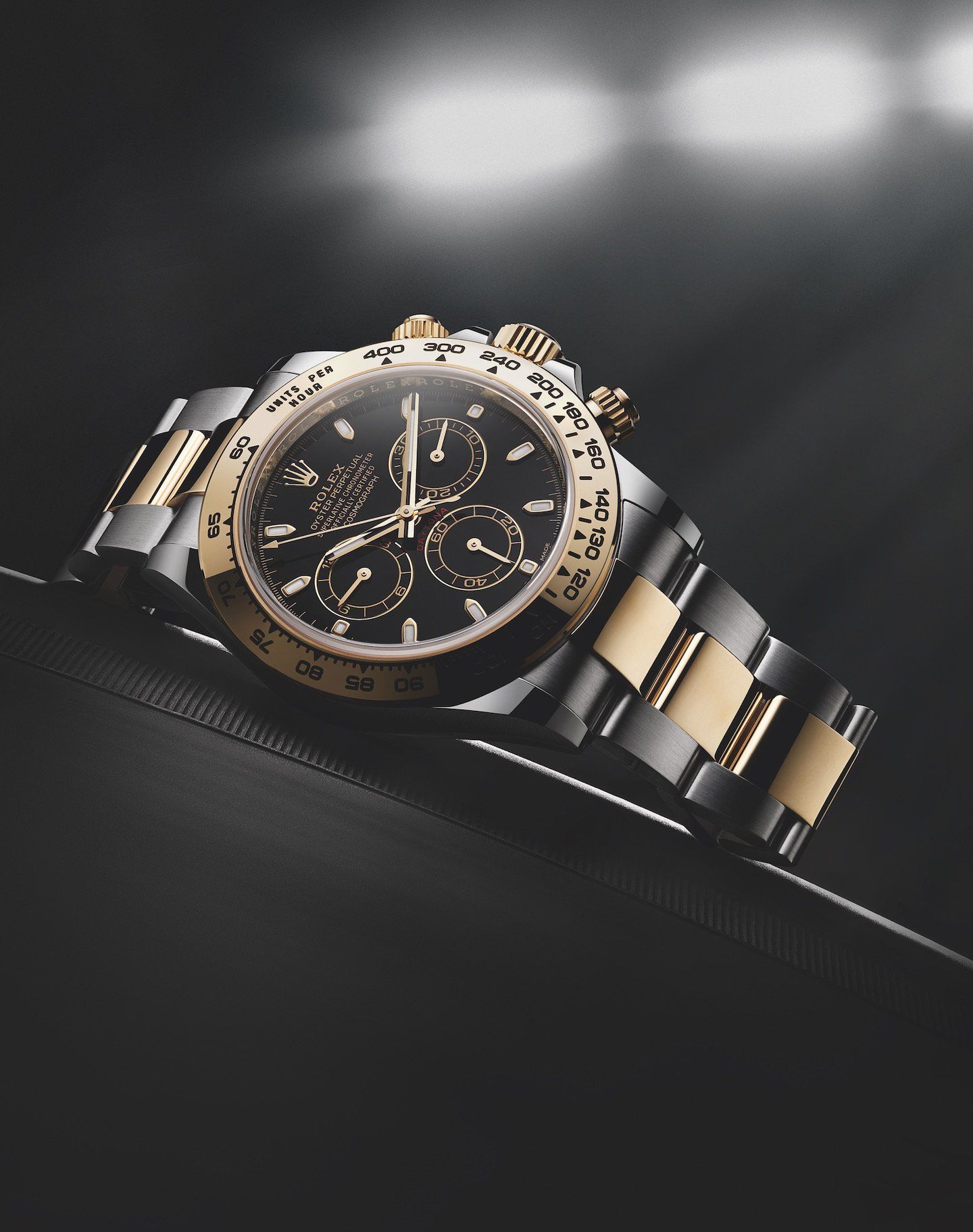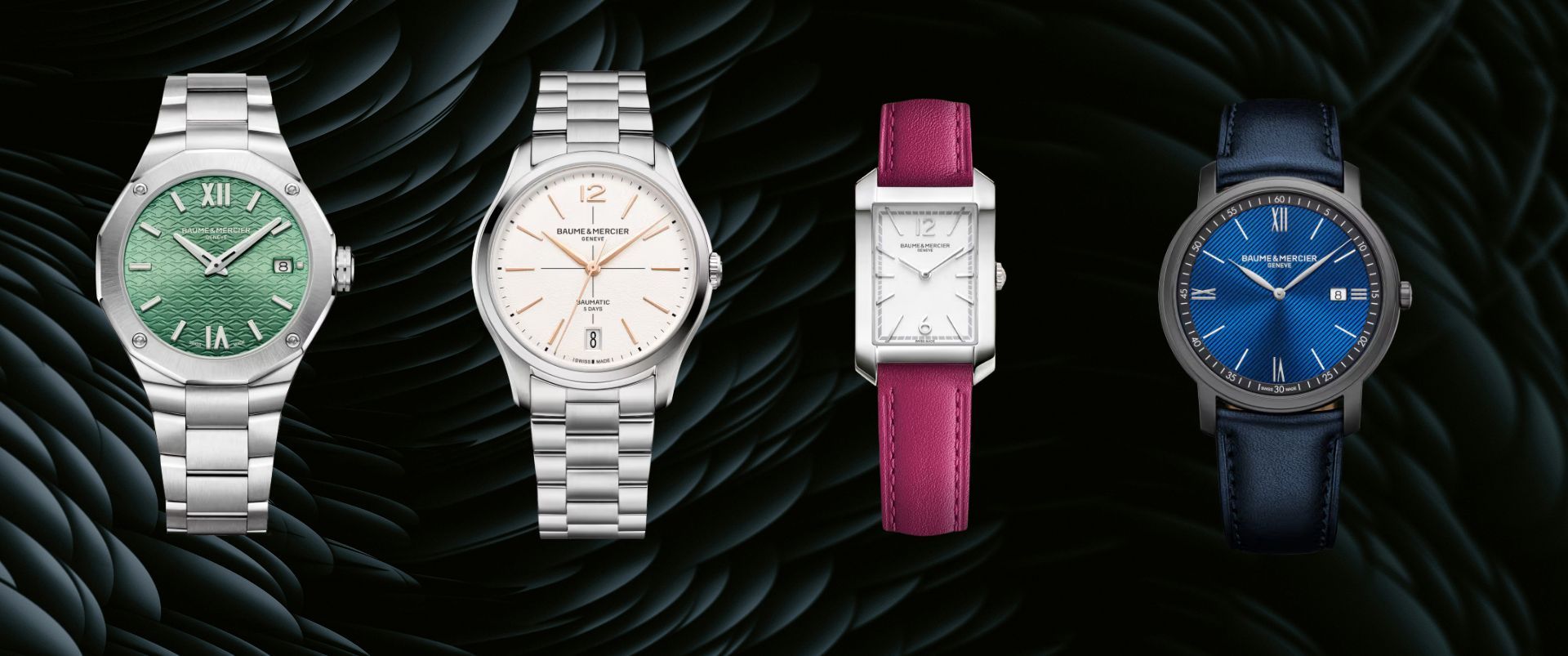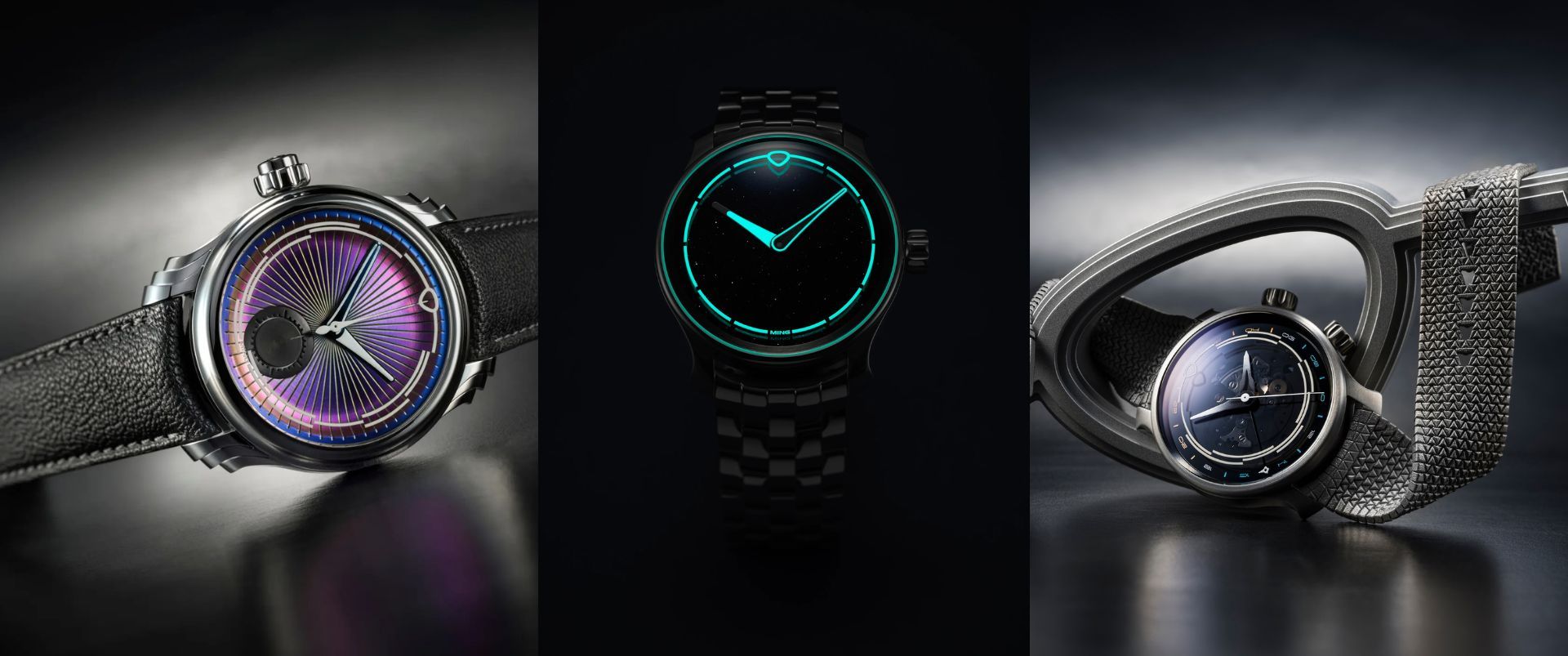Rolex Daytona Turns 60: What Led To Its Success?
Rolex Daytona celebrates 60 years this year! Let that sink in. Not often has the nearly 60-year-old model aroused the same kind of feverish excitement that it does now. However, this is a significant achievement for the crown this year. Let's take a trip down memory lane while we wait to see how The Crown marks this special occasion.
What’s the buzz all about?
Now, everyone from watch novices to serious aficionados wants this particular model. In 2017, Paul Newman's personal "Paul Newman" Daytona sold at auction for approximately $18 million. But how did this unassuming (initially hand-wound) timepiece become so well-liked all around the globe?
Travel Through Time
Rolex had been making chronographs for decades prior to the introduction of the Daytona (which was initially signed simply "Cosmograph," without the "Daytona" designation). Its triple-register chronographs were housed in Oyster cases during the war, and in the 1950s, the brand started experimenting with timepieces that anticipated the Daytona in style. Reference 6234 had a more militaristic appearance, but by the time the ref. 6238 was released in 1962, it was easy to recognise the ancestry of the world's most renowned chronograph.

The 6238 was available with a silver, black, or dark grey dial and a 36 mm stainless steel or yellow gold case. It also had baton hands, faceted, applied hour markers, luminous hour plots, and unthreaded pump pushers. It was a sporty, beautiful chronograph driven by the hand-wound Valjoux 72 movement and offered on steel Rolex bracelets; it required minimal adjustment to take on the form that has come to bring such great sums at auction.
In the same year, Rolex joined forces with the Daytona International Speedway as its official timekeeper. Eventually, the two companies would join forces to create the now-iconic namesake watch.
In 1963, with the reference number 6239, the original Daytona was released. It was driven by the hand-wound Valjoux 72 movement, like the ref. 6238 "pre-Daytona," and housed in a (approximately) 37 mm steel or gold case with the words "Rolex Cosmograph" printed on a black or white dial below the 12 o'clock mark (later customised by Rolex and renamed or the Cal. 722). Like that model, this one had unthreaded pump pushers, which meant that the water pressure was not as great. The clincher, though, is this: Before 1965, the "Daytona" designation did not appear anywhere on the dial of the ref. 6239; nevertheless, it was added to later models, either above the 6 o'clock subdial or below the "Rolex Cosmograph" indication at 12 o'clock. Furthermore, the outer minute and 15th-second track, as well as the bezel etched with a tachymeter scale, are all marked with stick hands and markers on a non-contrasting backdrop (a first for Rolex).
The same year that the ref. 6239 was produced is the same year that the "Paul Newman" Daytona was introduced to the world. (A "Newman'' could refer to any of several different Daytona models; it specifies a dial style rather than a case style.) Rolex's "exotic dials" were actually Singer creations; they were distinguished by the red "Daytona" writing (not present on the first models) and the Art Deco–inspired Arabic indices on the sub-registers' dot markers. (It is estimated that just one in every 20 manually wound Daytonas had a really unique dial.) In addition, the outside rim of the dial included a crimson seconds track for added contrast. These models, which came in either a steel or gold case, initially failed to attract customers and sat on store shelves.
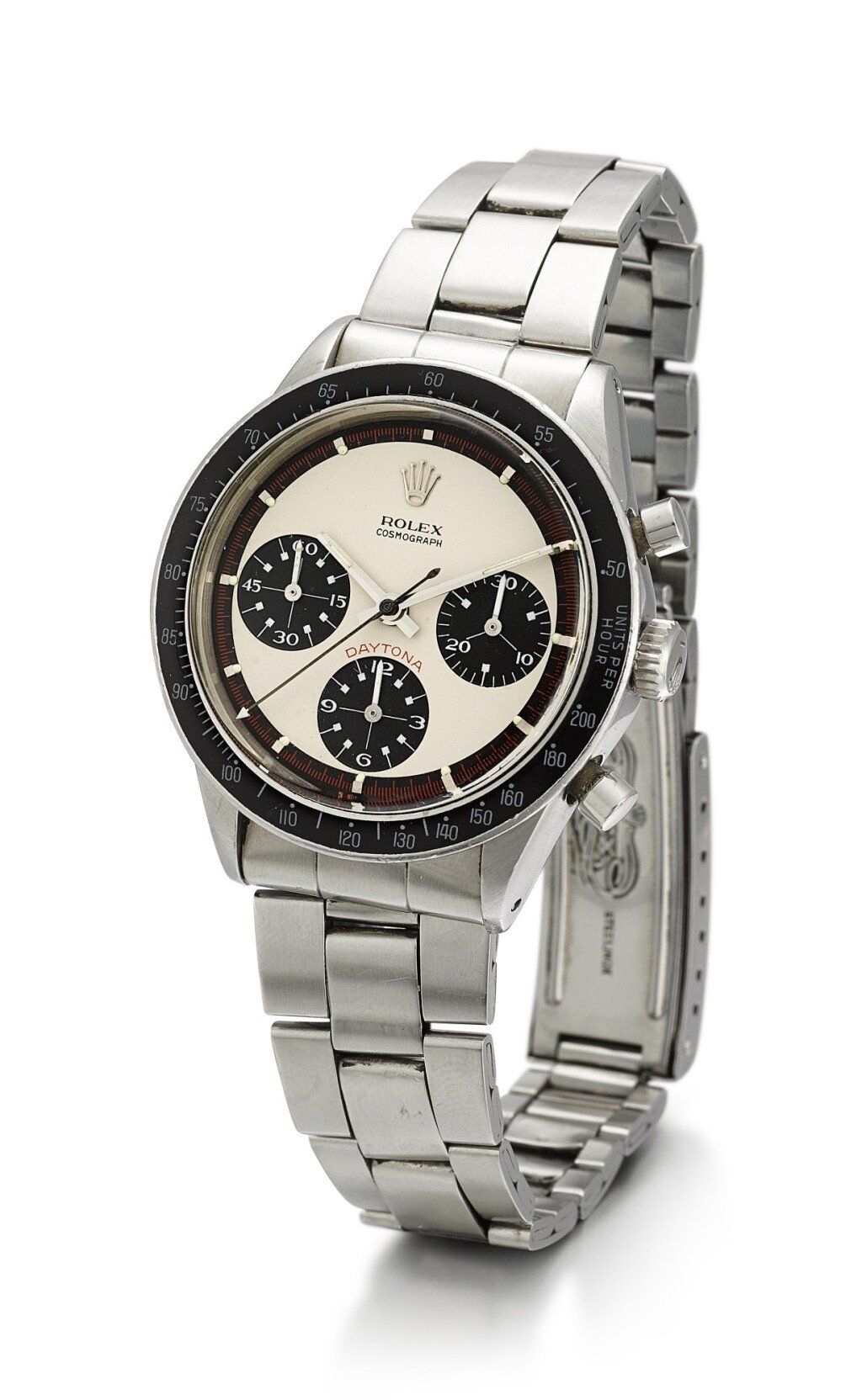
The first Daytona model with screw-down pushers, the Ref. 6240 from 1965 was a huge deal because of how water-resistant it was. It was powered by the Valjoux 722 hand-wound movement and came in a variety of dial colours and sizes (black, white, and silver) housed in a 37.5 mm steel case. The "Daytona" subheading on the "Cosmograph" dial is usual; the "Oyster Cosmograph" designation is absent from the more uncommon "Solo" dial.
Rolex's new Daytona reference in 1963, the 6263, also included screw-down pushers. This is a complex model with many subtleties: It came in a steel or gold case with a conventional or "Newman" dial and was powered by the Valjoux cal. 727, which was introduced in the 1970s.
El Primero, manufactured by Zenith and introduced as one of the first automated chronograph calibres in 1969, was adopted by Rolex in 1988. This El Primero variation was originally a hi-beat movement, but Rolex slowed it down to 28,800 vph from 36,600 vph in order to boost power reserve and prolong servicing intervals, renaming the movement Caliber 4040 in the process. The watch's case grew to 40 millimetres, where it remains today. Collectors are willing to pay top dollar for one of these Daytona "Zenith" models.
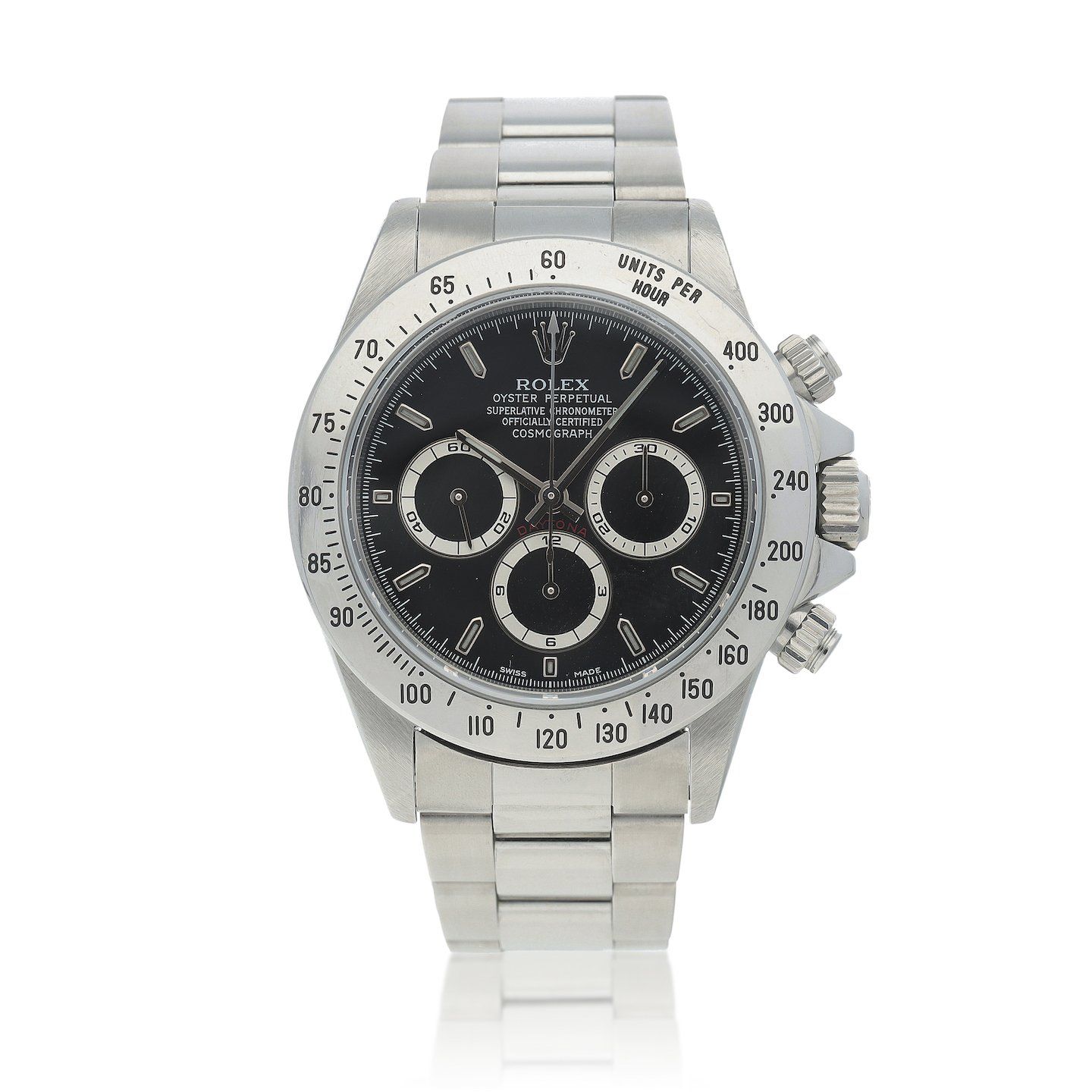
First introduced in 2000, the Rolex Daytona Cal. 4130 was powered by a Rolex-made movement. It was fully automatic, with column wheel actuators, and it had a power reserve of 72 hours; the brand also made subtle upgrades as new technology became available. Newer Daytona models have broader, arrow-shaped indices filled lavishly with lume, and the dial has undergone some minor changes as a result of the movement's construction, moving the running seconds from 9 o'clock to 6 o'clock.
Daytona "Oystersteel" models are currently in production. The watch, which was released in 2016, is a 40 mm model with screw-down pushers and an Oyster bracelet with a folding Oysterlock safety clasp and an Easylink comfort extension. It also has an in-house calibre 4130 and, most significantly, a Cerachrom ceramic bezel with an engraved tachymeter scale. Traditional colours of black and white are offered.
These days, you can't even shake a stick without hitting a different variant of the Daytona that's now in production. In addition to the standard Oyster bracelet, it is also available with a rubber strap. Beyond this, there are unique, limited-edition dials that have valuable stones set into the bezel, unusual dial designs, and more.
The Rolex Daytona has come a long way from its beginnings as a timepiece for racing drivers to becoming a status symbol for one of the world's most famous actors. Its design, which balances form and function, will undoubtedly undergo further refinement in the 21st century.
No articles found


